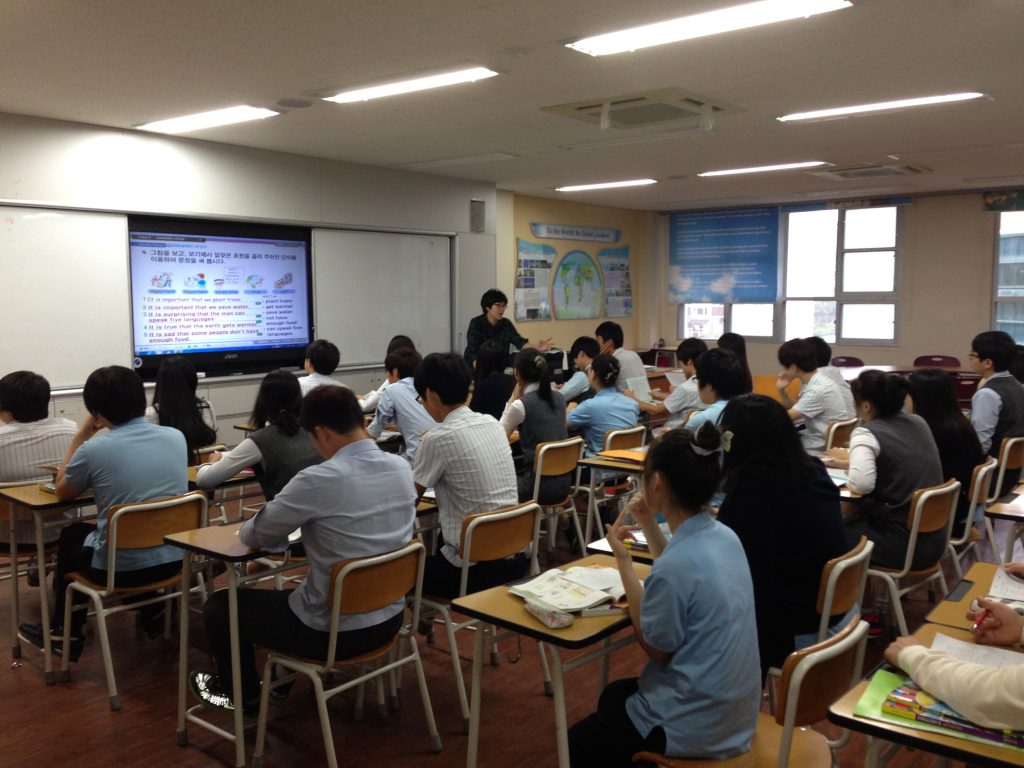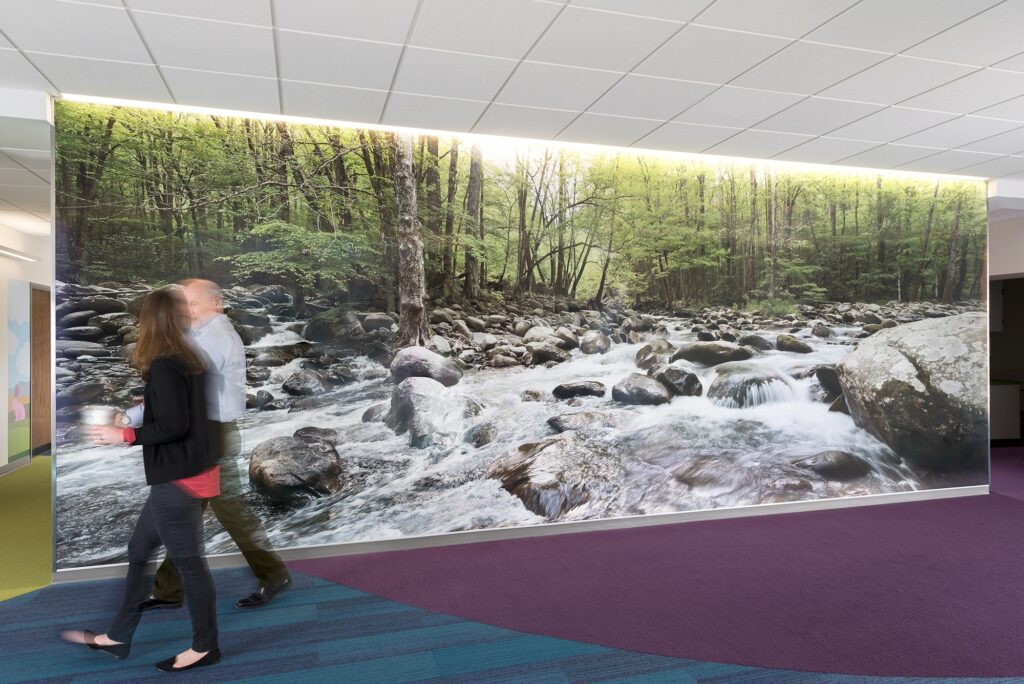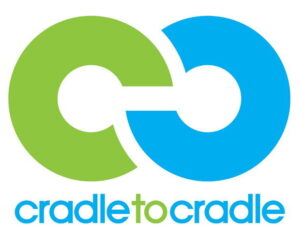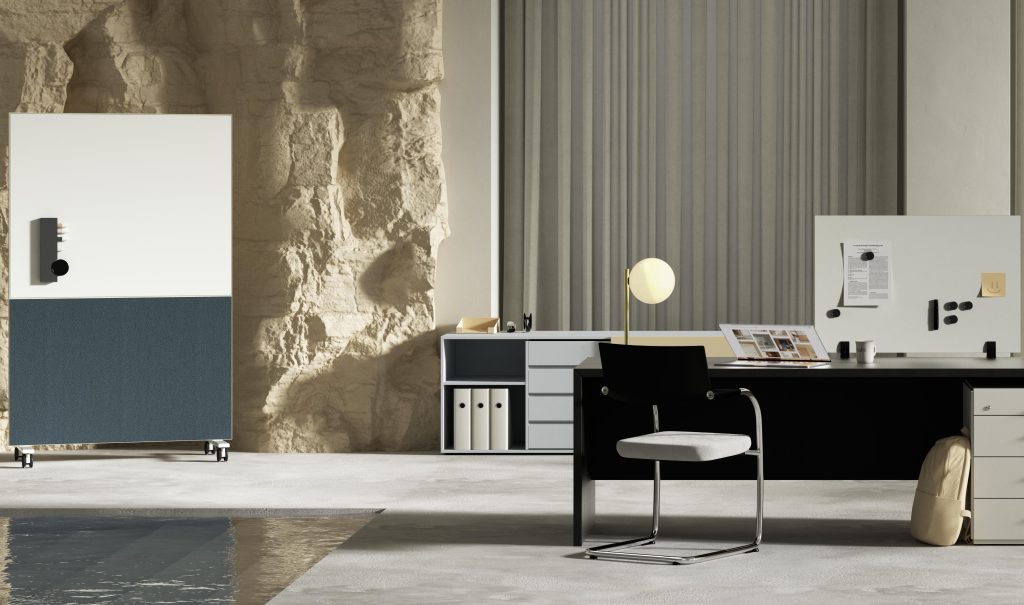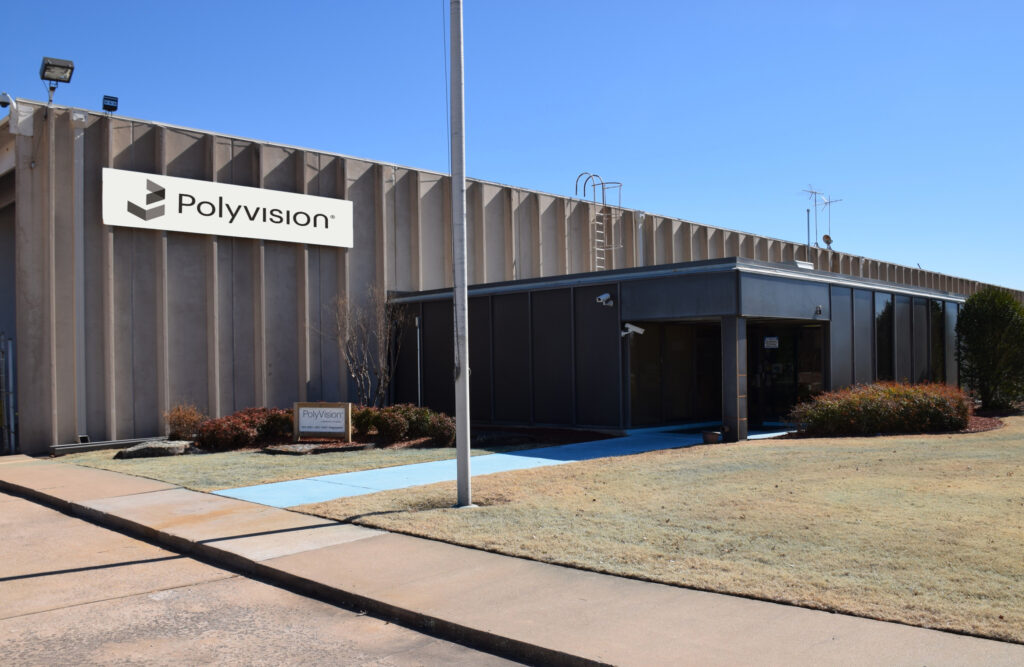It’s a human impulse to look ahead at the start of a new year. There’s an optimistic sensibility about projecting forward into time and, as an organization committed to keeping tabs on innovations and trends, an important part of our planning is to watch where things are headed in commercial interior design. We seek always to meet the needs of the market as it stands now and wherever possible, strive to anticipate where it’s headed next.
While some of the developments we see rising in importance this year will depart almost as soon as they arrive, we think in longer terms – to trends that indicate a cultural shift. Such shifts reflect something more lasting than specific colors or fabrics.
So, with that said, here’s what we see as significant directions in commercial interior design in 2023 and beyond.
Integrated technology
As the universe of smart devices and other aspects of the internet of things expands, work and other gathering spaces have to change to make the best use of these advances. This means the incorporation of touchscreens, smart lighting, and building systems, as well as accommodating virtual reality (VR) or alternate reality (AR) elements.
Optimized for projection and dry erase, CeramicSteel satin and low gloss is designed especially for interactive projection technologies like infrared frames and camera-based solutions. Projection technologies blend digital and analog channels seamlessly in learning and work environments.
Biophilic design
This movement aims to bring elements of nature into the built environment to create spaces that are more conducive to human well-being. This can include the use of natural materials, living plants, and natural light, along with design elements that mimic the forms and patterns found in nature.
High definition printing of nature-inspired images on CeramicSteel architectural wall panels can create an instant connection to nature and bring the outdoors in.
Sustainable design
As the quest for more sustainable buildings continues to grow, many businesses are looking to incorporate eco-friendly materials and design elements into their commercial spaces. This can include the use of reclaimed or recycled materials, energy-efficient lighting, passive solar architecture, and products and surfaces manufactured with minimal environmental impact.
Polyvision’s CeramicSteel is Cradle to Cradle Certified™ Bronze, the global standard for products that are safe, circular, and responsibly made.
Cradle to Cradle assesses materials and products using five criteria: material health, product circularity, clean air and climate protection, water and soil stewardship, and social fairness.
Wellness design
The focus on creating a healthy work, school, and healthcare environments is becoming more and more important. Wellness design integrates elements that promote health such as natural light, supportive seating, and minimal use of harmful substances.
CeramicSteel emits no VOCs during its manufacture or after it’s installed. It’s a perfect wall cladding for designing commercial interiors with wellness in mind.
Flexible spaces
The rise of remote work and the increasing popularity of co-working spaces has led to a greater demand for flexible commercial spaces that can accommodate a variety of uses. This can include the use of modular furniture and movable walls, as well as open floor plans that can be easily reconfigured to suit needs that change over time.
Branding
Many companies are looking to use their commercial spaces as an extension of their branding, which can include the use of bold colors, custom artwork, and other elements that reflect the company’s values and personality.
Polyvision’s imaging capabilities make it possible to offer vibrant, colorfast full-color printing and decorative artwork on CeramicSteel architectural panels, opening up endless opportunities to integrate art and imagery into architecture via graphic design, photographic images, logos, and messaging. An almost unlimited combination of colors, printing options, dimensions, and applications make it possible to transform any commercial space.
Design(ing) Forward
Commercial design trends are constantly evolving and adapting to the changing needs of businesses and consumers. From sustainable materials and flexible use environments to the incorporation of technology and experiential elements, designers continue to push the boundaries of what is possible in the world of commercial design.
